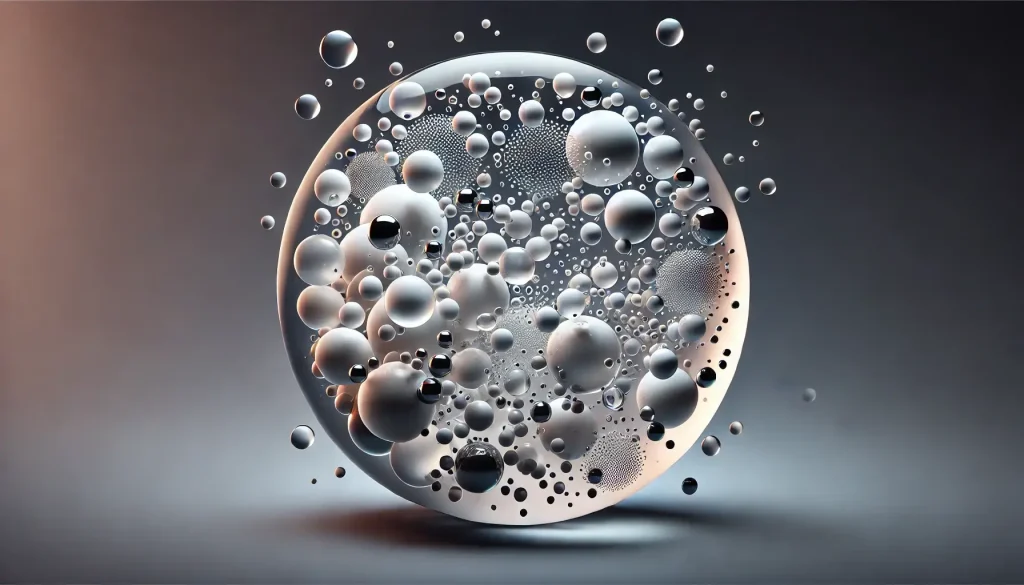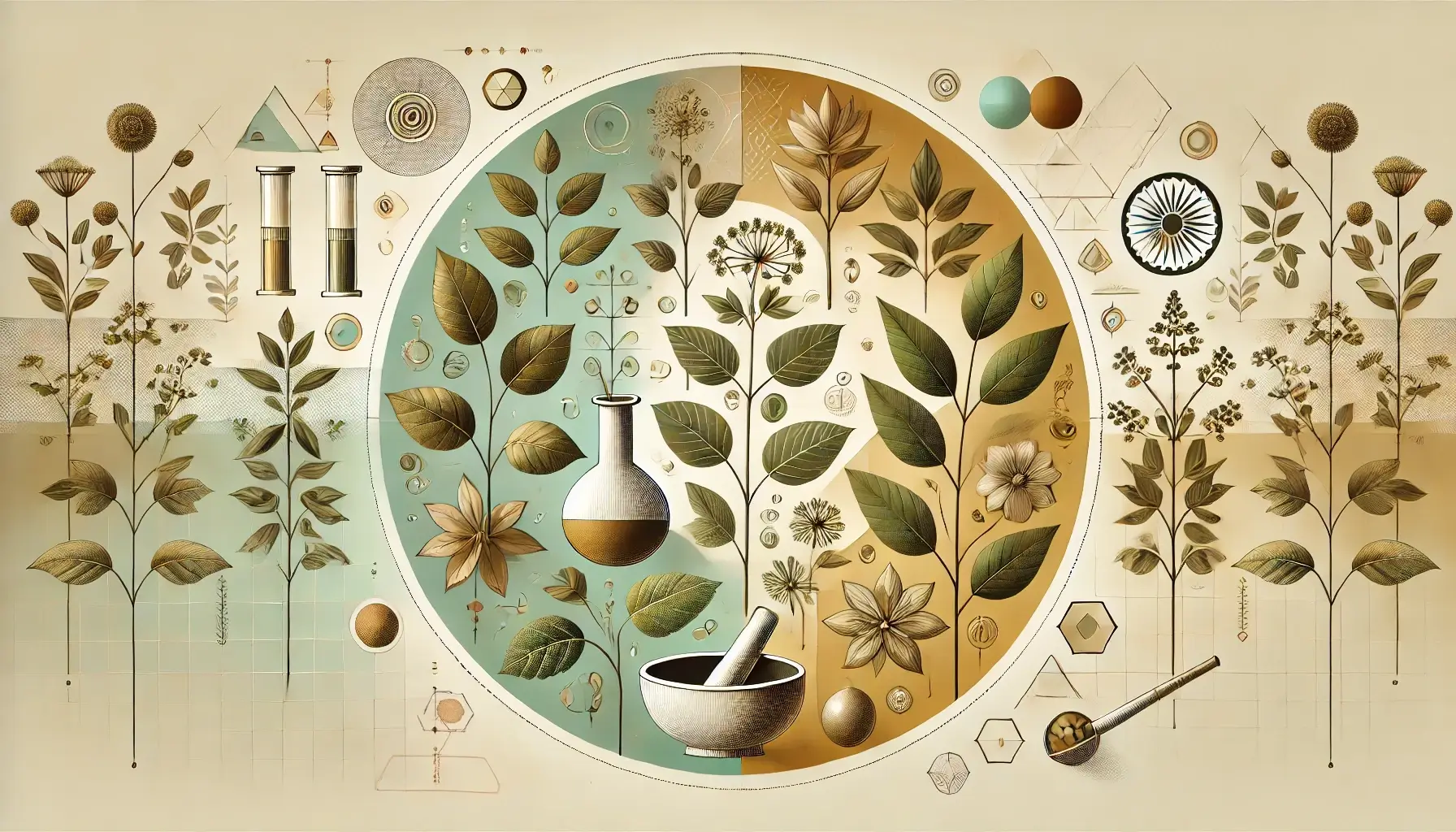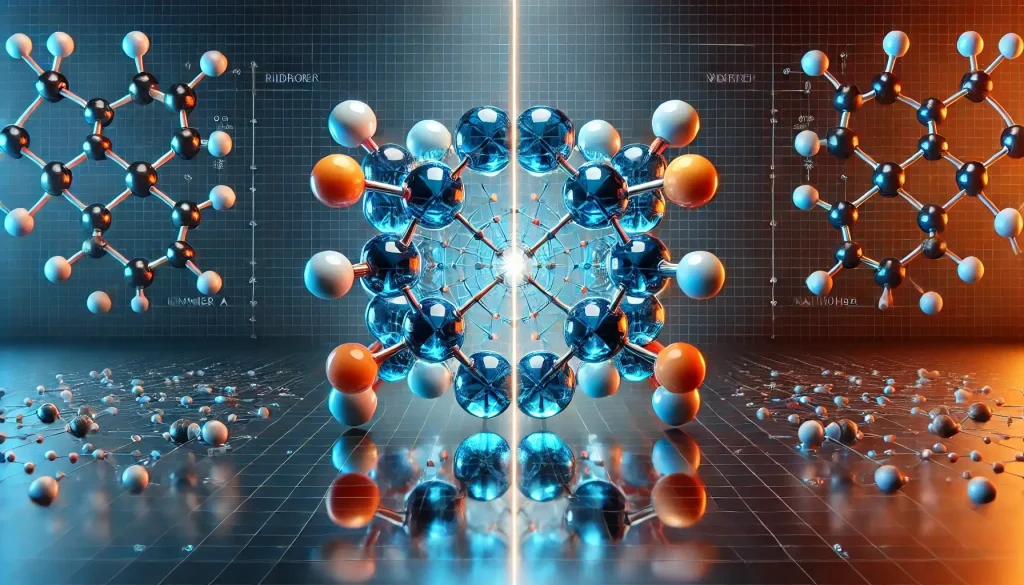Introduction to Medicinal Chemistry I U-1 Notes
Buy Premium
Get The High-Quality Pdf Notes on App
Introduction to Medicinal Chemistry I
- Introduction to Medicinal Chemistry
- History and Development of Medicinal Chemistry
Physicochemical Properties in Relation to Biological
Action
- Ionization
- Solubility
- Partition Coefficient
- Hydrogen Bonding
- Protein Binding
- Chelation
- Bioisosterism
- Optical and Geometrical Isomerism
Drug Metabolism
- Drug Metabolism: Definition and Importance
- Drug Metabolism Principles: Phase I and Phase II
- Factors Affecting Drug Metabolism, Including Stereochemical Aspects
Other Units of Medicinal Chemistry I
Medicinal Chemistry I
Other Subjects of B Pharmacy 4th Semester
Topic wise notes of:
Pharmacology I
- Introduction to Pharmacology & Pharmacokinetics
- Pharmacodynamics & Drug Interaction
- Pharmacology of drugs acting on peripheral nervous system
- Pharmacology of drugs acting on central nervous system-1
- Psychotropic Drugs
Topic wise notes of:
Physical Pharmaceutics II
- Colloidal dispersions
- Rheology & Deformation of solids
- Coarse dispersion
- Micromeretics
- Drug stability
Topic wise notes of:
Pharmacognosy & Phytochemistry I
- Pharmacognosy: Sources, Classification, and Quality Control
- Conservation and Cultivation of Medicinal Plants
- Plant tissue culture
- Role of Pharmacognosy and Secondary Metabolites
- Drugs of Natural Origin: Plant, Marine, and Primary Metabolites
Topic wise notes of:
Pharmaceutical Organic Chemistry III
- Stereo isomerism
- Geometrical isomerism
- Heterocyclic compounds
- Heterocycles: Synthesis, Reactions & Uses
- Reactions of synthetic importance
Introduction to Medicinal Chemistry I – Summary
Unit I provides a foundational overview of medicinal chemistry, emphasizing the relationship between a drug’s chemical structure and its biological activity. It begins with the history and development of the field, highlighting how medicinal chemistry has evolved to play a central role in drug discovery and design.
The unit then explores key physicochemical properties that influence drug action, including ionization, solubility, partition coefficient, hydrogen bonding, protein binding, and chelation. These properties affect a drug’s absorption, distribution, metabolism, and excretion (ADME). In addition, the concepts of bioisosterism and stereochemistry—specifically optical and geometrical isomerism—are introduced, as they significantly impact the efficacy and safety of drugs.
The second part of the unit focuses on drug metabolism, a critical factor in determining the duration and intensity of drug action. It explains Phase I (functionalization reactions) and Phase II (conjugation reactions) of metabolism and how they convert lipophilic drugs into more water-soluble metabolites for excretion.
Furthermore, the unit examines factors affecting drug metabolism, including genetic variation, enzyme induction or inhibition, and the influence of stereochemistry on metabolic pathways. This unit equips students with essential knowledge for understanding how chemical properties and metabolism shape a drug’s pharmacological profile.
At FirstHope, we provide BPharm notes that are topic-wise, easy to understand, and designed strictly as per the AKTU and Other Universities, hence designed according to PCI syllabus.
Thank you for reading from Firsthope's notes, don't forget to check YouTube videos!




